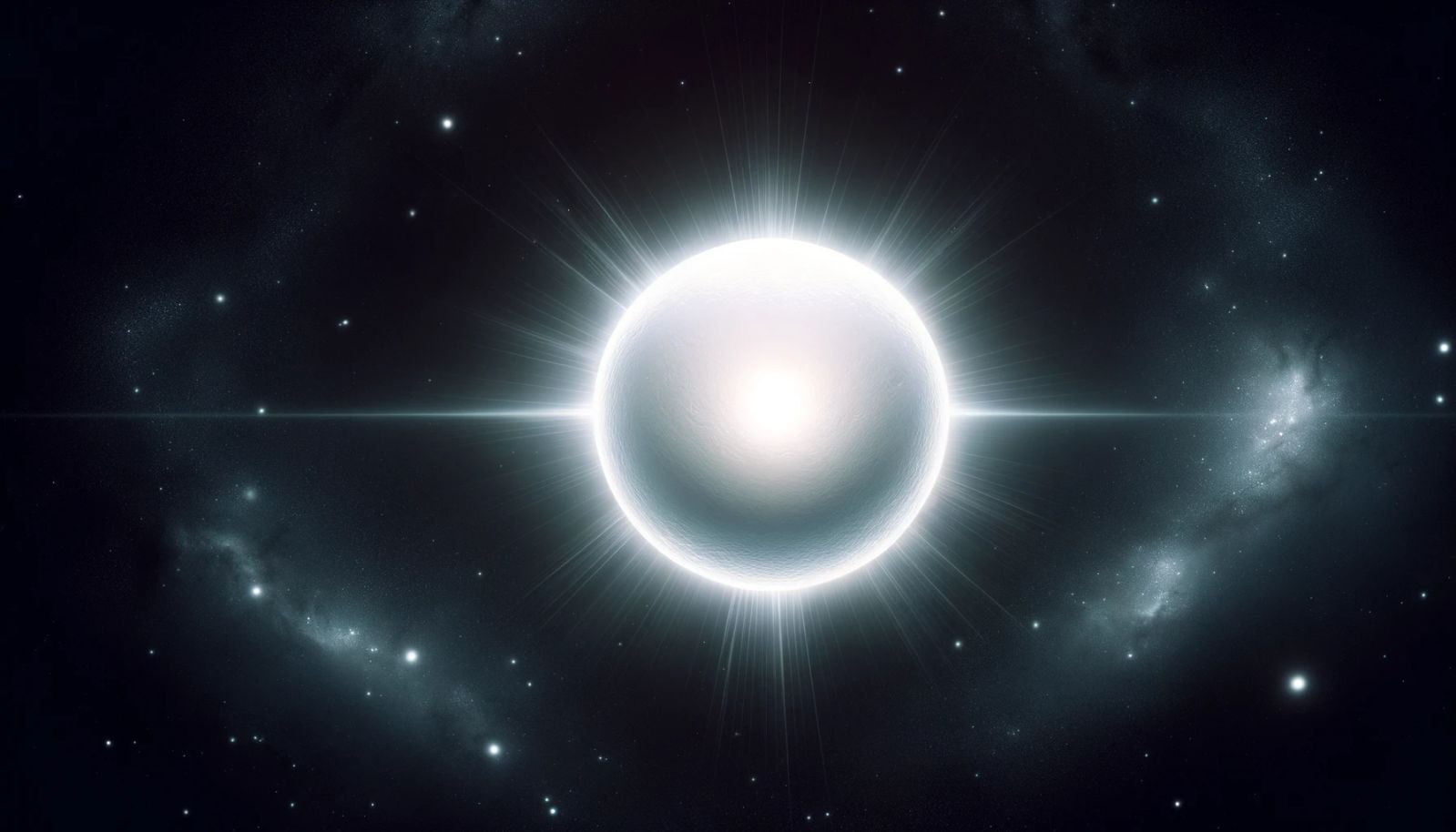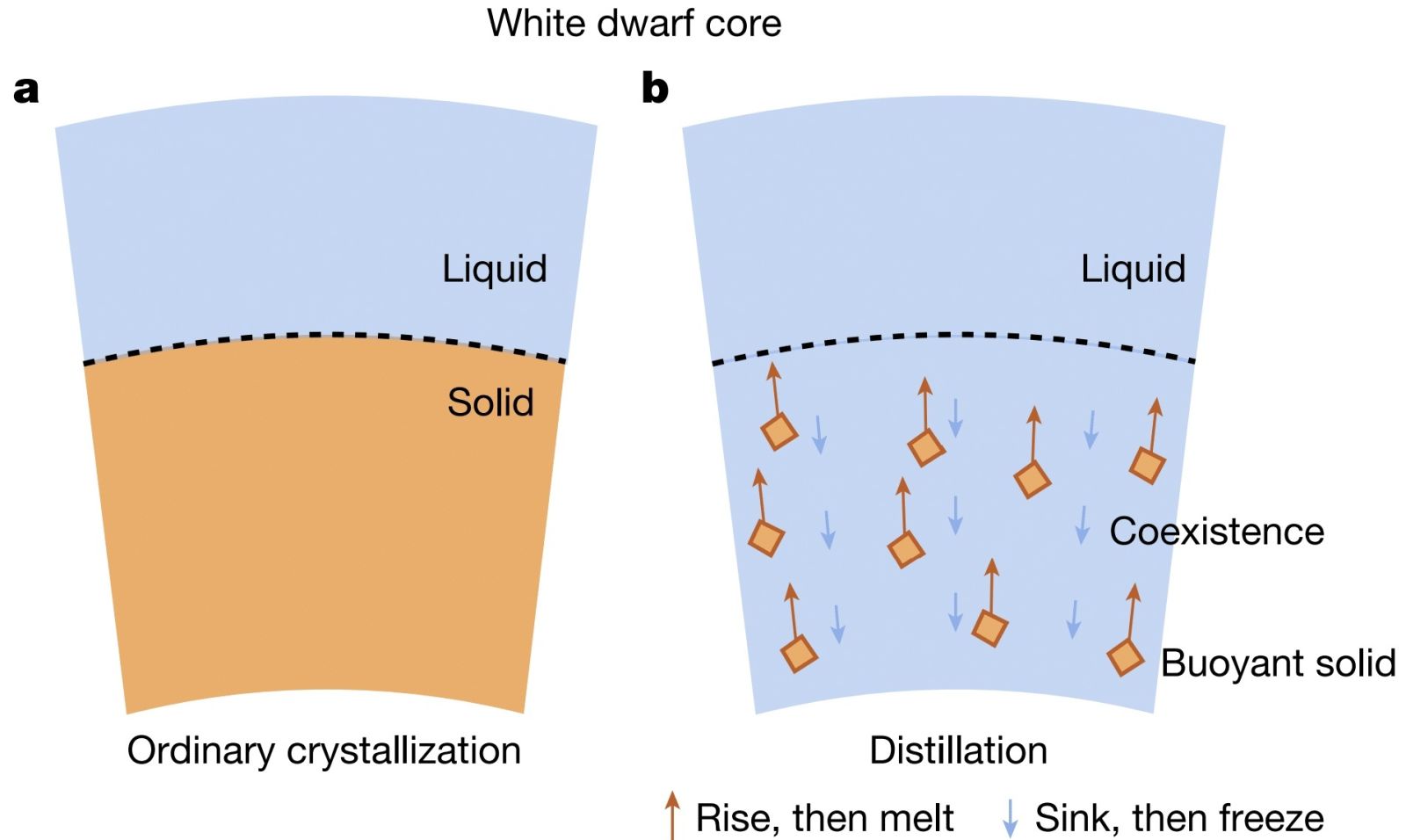Follow us on Google News (click on ☆)

New research challenges the traditional view of white dwarfs as mere remnants of dead stars by explaining the prolonged luminosity of delayed white dwarfs.
At the heart of these white dwarfs, a remarkable process takes place: less dense crystals form and rise to the surface, while denser materials sink. This sort of distillation between solids and liquids creates an energy equilibrium, thus maintaining the star's brightness for a much longer duration than expected. This discovery, resulting from the work of Simon Blouin and his team, revolutionizes our understanding of the stars' final life stages.
Observation of these particularly luminous white dwarfs was made possible thanks to the Gaia satellite of the European Space Agency. Gaia has revealed a group of white dwarfs whose cooling seems to have been paused for more than eight billion years. This discovery raises significant questions about the age and formation of our galaxy, the Milky Way, and challenges the use of white dwarfs as cosmic timekeepers.
Simon Blouin's role and contributions to this research are crucial. Their study, published in the journal Nature, not only unveils the internal mechanism allowing these stars to stay warm, but also highlights the importance of considering this process to better understand stellar evolution. This work reminds us how full of surprises and unsolved mysteries our Universe is.

Diagram of the crystallization of an ordinary white dwarf (left) and the solidification of massive white dwarfs (right)
© Bedard, Blouin et al, Nature (2024)